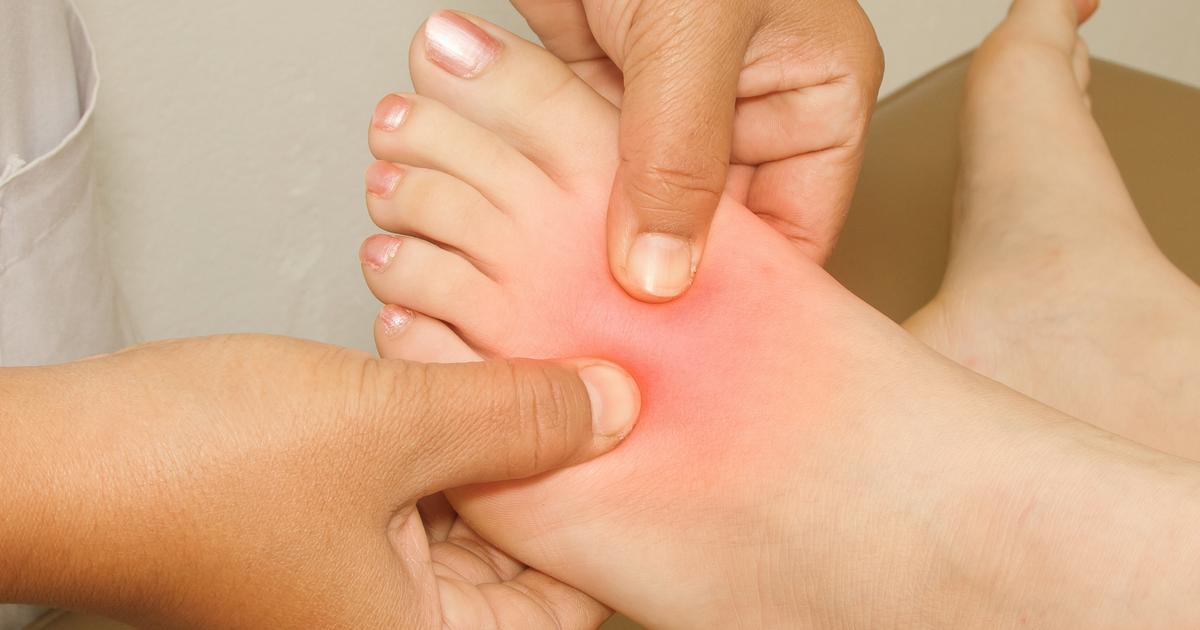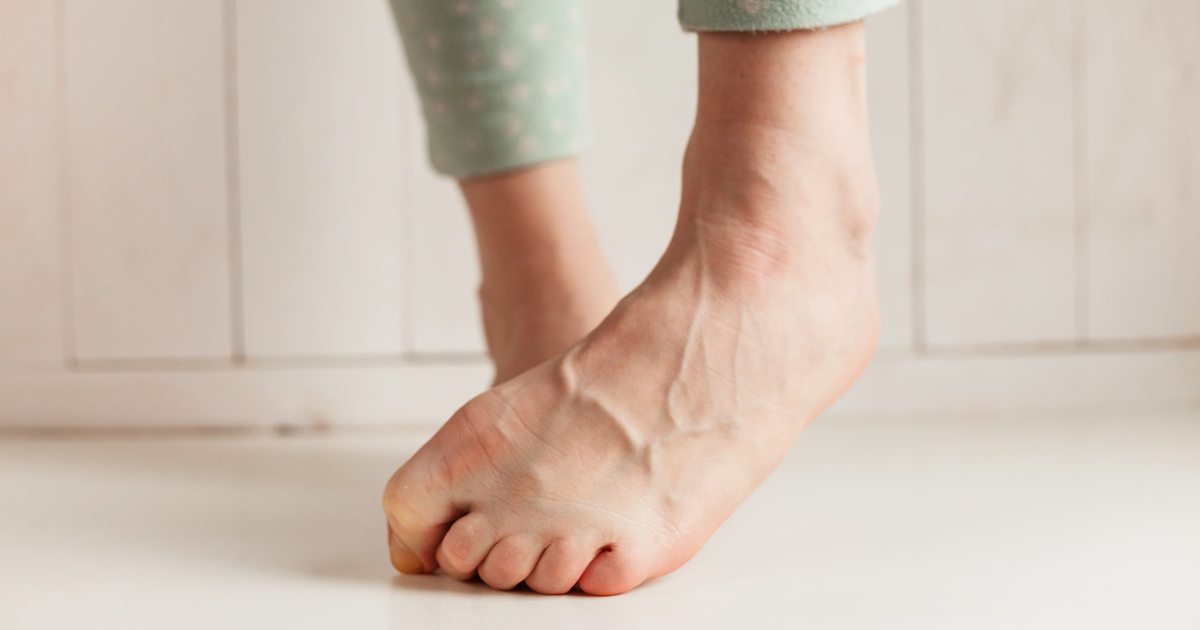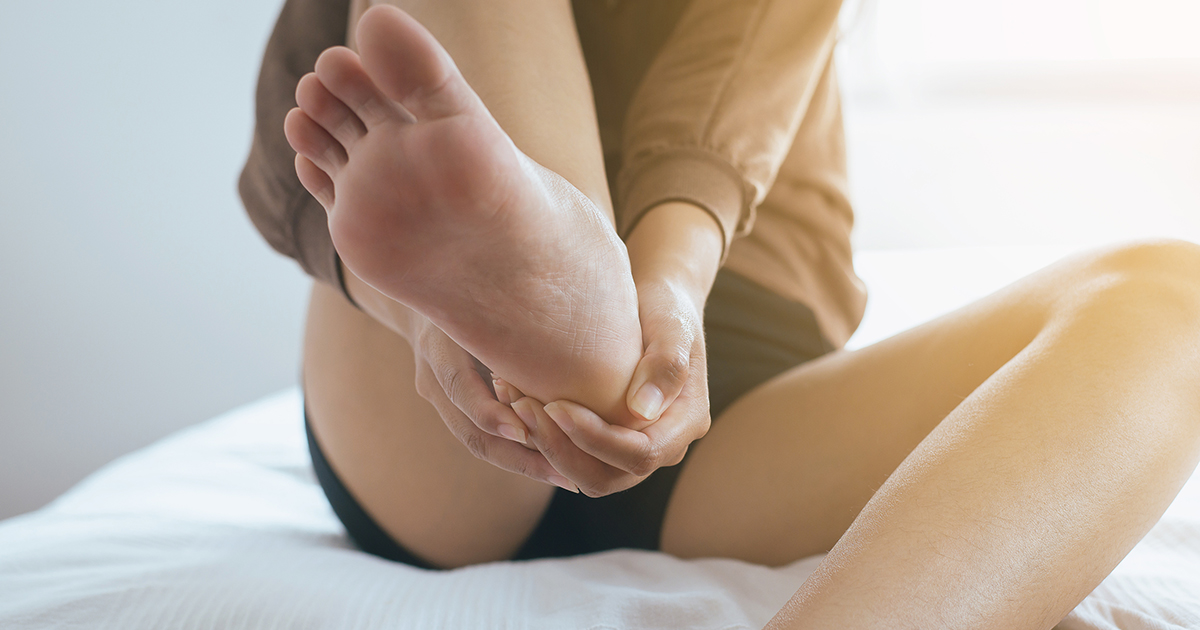Guide To The Causes And Risk Factors Of Hammertoe
Hammertoe is a deformity that affects certain joints in an individual's toes. The deformity is considered a contracture or bending deformity that puts excessive pressure on the individual's affected toes when they are wearing footwear. This deformity most commonly affects the second, third, fourth, and or fifth toes, and can occur with one or both of the toe joints. Most cases of hammertoe begin as an insignificant mild deformity that progressively worsens as time goes on. There are two classifications for a hammertoe. A flexible hammertoe is characterized by a toe that can still be moved at the joint. A rigid hammertoe is characterized by a toe with rigid ligaments that displace the joint from its alignment and prevents movement. A physical examination and imaging tests like x-rays can be used by a physician to diagnose a hammertoe.
There are numerous ways a hammertoe can be caused and some factors can increase the risk of developing it. Learn about them now.
Injury To The Toes

A common cause of hammertoe formation is when an individual sustains an injury to their toes. The bones in an individual's toe can break or fracture from an injury. A toe can become jammed or stubbed in the joints as the result of an injury. The components of the toe that include tendons, muscles, and ligaments all work concurrently to straighten and bend an individual's toes. When there is a weakness in one of these components due to an injury, individuals may have trouble straightening or bending their toe. Should the injured toe with a weak ligament, muscle, or tendon stay in a bent position for some time, the muscles around it become increasingly stiff and tight. This mechanism results in an inability of the individual to be able to straighten out the toe from structural or neurological changes that have taken place in the toes. A hammertoe can develop quickly following an injury, or it can be a process that occurs as a result of the initial trauma over an extended period.
Read more about the risk factors and causes linked to hammertoe now.
Improperly Fitting Shoes

Improperly fitting shoes can cause an individual to develop hammertoe. Shoes are designed so an individual's foot can fit inside but still allow enough room for their toes to be fully stretched out. While this is how footwear should fit and be worn, many individuals do not adhere to this. Other mechanisms can stop the toes from being able to fully flex within a shoe, such as shoes that are too narrow. Shoes that are too short to fit on an individual's foot can also cause the toes to be placed into a flexed position when they are worn. Any characteristic of a particular shoe an individual wears repeatedly or on a regular basis that causes their toes to be stuck in a flexed position or puts severe pressure on the toes for some time can cause hammertoe to develop. Women are far more likely to develop hammertoe from this cause. Shoes with a heel that raise the foot higher than two inches in the back are known to place excessive amounts of pressure on the toes. Many heels have a pointy front that is too narrow for the toes to flex inside of properly. Any improperly fitting shoes worn over and over again can be a cause of hammertoe.
Learn more about what causes and increases the risk of hammertoe now.
Abnormal Toe Muscle Balance

The mechanism of what causes a hammertoe to develop can be best described as an abnormal toe muscle balance. The three components that contribute to this malfunction are the tendons, ligaments, muscles, and bone. A tendon is a type of tissue that is thick and fibrous, and functions to attach the muscle to bone. On the other hand, a ligament is a fibrous connective tissue that functions to connect bone to bone. A muscle is the stretchy, flexible form of organized connective tissue responsible for the movement of the bones. The hammertoe deformity is the result of the malfunction of the mechanism the toe uses to move its middle joint. The muscles, tendons, and ligaments in the toe have to sustain equal strength balance for an individual to move them correctly. However, when there is a factor that disrupts this strength balance, the muscles can no longer appropriately control these toe movements. As a result of this malfunction, the toe gets stuck in place when the tendons and ligaments become too tight. This chain reaction occurs that causes less movement of the toe, which leads to further muscle weakening. Eventually, a hammertoe develops, and the individual is not able to move the toe at the middle joint.
Continue reading to reveal more causes and risk factors of hammertoe now.
Arthritis

Some forms of arthritis can increase an individual's risk of developing a hammertoe as a complication of their disease. Rheumatoid arthritis is an autoimmune disease that causes an individual's immune system to attack the healthy tissues of their joints inappropriately. The result is an inflammatory response in the synovium or tissue that functions to line the interior of an individual's joints. The synovium becomes abnormally thick, causing intense pain and severe swelling inside and around the patient's affected joints. The synovium functions to produce a lubricant fluid for the joints that allows them to move smoothly. A rheumatoid arthritis patient may have inflammation that frequently occurs in the joints of the feet, including the toes. The swelling that occurs with the inflammation in the toes can cause damage to muscle, ligaments, or tendons. When these components that work together to move the toe become damaged, the strength balance of the muscles can become impaired. This disruption triggers the process that leads to a hammertoe.
Get the details on more risk factors linked to hammertoe now.
Toe Length

An individual who has a specific arrangement of toe length called Morton's toe is at a higher risk than others for developing a hammertoe. Morton's foot is a deformity that causes an individual's second toe to be longer than the length of their first toe. This deformity puts the second toe base joint in a position that sits further forward than the rest of the toe joints. This deformity can cause numerous mild issues with the feet like having difficulty finding shoes that fit properly. The joints are not appropriately aligned across the foot, causing an increase of pressure and tension in areas of the foot and toes that would not typically experience it. Sometimes the odd distribution of pressure on the toes from having a longer middle toe can result in a strength discrepancy of the muscles that move the toes. The difference in muscle strength disrupts the delicate balance that allows an individual to control and move their toes functionally. Not all individuals affected by Morton's toe will develop hammertoe, but the deformity increases the risk for it.